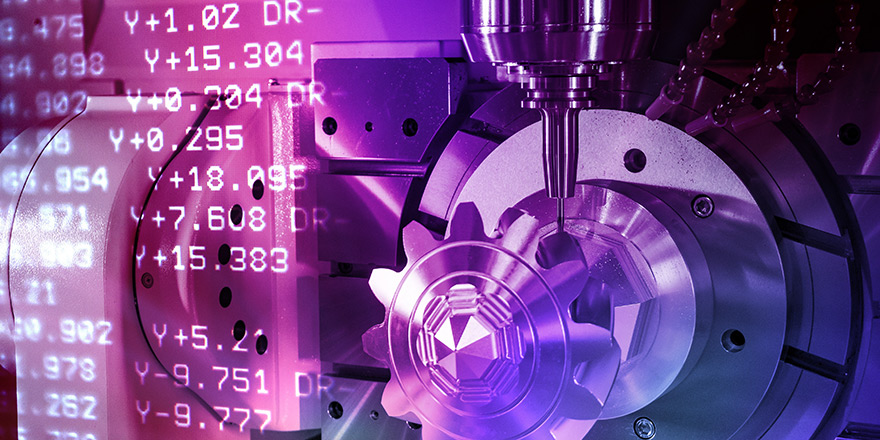Why manufacturers must pivot to smart, connected products
Manufacturers offering smart, connected products build stronger customer relationships and more revenue. Learn how Software AG can help.

To make the leap from a traditional manufacturing model to a new one that continually meets (and exceeds) customer expectations, is a big leap across the digital divide.
But according to a new Forrester report, From Grease to Code, it must be done.
In the past, most manufacturers built their reputations by making high-quality physical goods. In the face of increasing competition and changing customer expectations, it’s no longer enough to sell a great product once. Instead, manufacturers are finding that offering smart, connected products is key to building stronger customer relationships and more resilient revenue. To make the transition, industrial manufacturers must embrace software that enables them to become solution providers.
What’s at stake?
As manufacturers, you are under pressure to accelerate product development cycles, deliver a connected customer experience, and shift to services to diversify revenue. This is a big change from the incremental, conservative approach that manufacturers have taken in the past. Clearly, companies are using technology to improve their own performance, but tweaking existing industrial processes means they’re doing largely the same thing, just marginally faster or more efficiently.
A new business model for a connected world with smart, connected products can help you build more sustainable and more profitable customer relationships, and align product value to ever-changing customer requirements.
There are obstacles to reach that objective. Inertia may be the biggest. In a recent industry Machinery & Industrial Automation survey, McKinsey found that 95% of respondents expect they’ll have to change their business models to be successful.
But at the same time, many market leaders struggle to recognize the value of digitally enabled physical products. Forrester has found that only 31% of global purchase influencers in manufacturing say that accelerating the shift to digital business will be a high or critical priority for their organization in the coming year.
Smart, connected products
Another big challenge is expertise. Companies that have build processes and knowledge around manufacturing for one-time sales need new skills and experience to deliver connected devices and associated services.
To break through the inertia, manufacturers need two things: vision for the future, and the ability to execute.
- Vision is needed to design and build smart, connected products that generate stronger, more sustained relationships with customers.
- The ability to execute on IoT for manufacturing is essential to build new smart products quickly and deliver measurable ROI.
What if you could leverage technologies like IoT to create that vision and build those smart, connected products for your customers?
Several companies are already taking the lead:
- Dürr AG uses IoT to autonomously manage the operation of its robotic paint stations, based on low-latency sensor data, to improve quality and efficiency – while also lowering costs.
- SMC uses IoT technology to build a “smart field analytics” solution in under four months. Now, the company can offer its customers predictive maintenance, leakage detection and energy efficiency monitoring.
- Gardner Denver embeds IoT technology in its products to redefine its relationship with its partners and customers. Now, it can view and analyze key operating data generated from compressors to provide predictive maintenance solutions.
Software AG’s Cumulocity IoT platform is helping industrial leaders transform their businesses by building smarter products and generating value faster. Cumulocity IoT can help you build a vision to offer connected products and accelerate the creation of new services, so you see value faster.